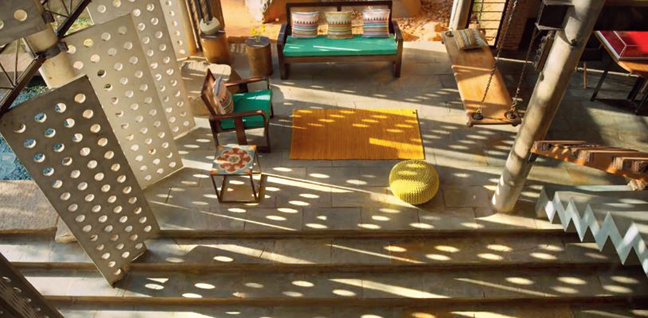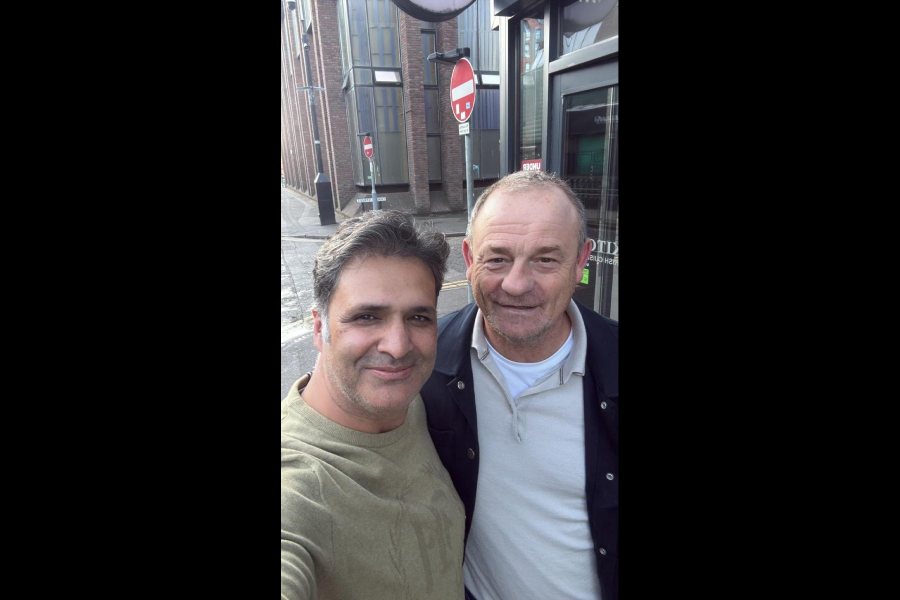We musn’t think of materials without thinking of people and manpower. We should not look at our population as a problem but as human resource. Every person knows how to do things with one’s hands, this is a huge capacity. We know how to make things,” says architect Anupama Kundoo on a call from Berlin. Her approach to building design has at its heart material research, an example of which is her unique Wall House in Auroville. It’s a fine example of craftsmanship and was a part of the 13th Venice International Architecture Biennale. Her inspiration, life and finest creation is now a part of the Apple TV+ docuseries Home, which reveals inspiring stories behind the world’s most imaginative dwellings.
Here’s what she told The Telegraph over the phone.
What prompted you to move to Auroville?
When I moved to Auroville, I was in a state when I needed empty space — inside myself as well — to think about what to do with the rest of my life. I was in a kind of a very awakened moment. I was looking for something with the same kind of vibration. I was looking for a similar environment, a fertile ground to develop myself and my collective, the society I could contribute to. I don’t know if the search led me to the place or whether the place helped me to unfold… or both simultaneously. I am a Bengali, my roots are there. One knew about Sri Aurobindo’s work and base in Pondicherry and it was very interesting, helping me to anchor some of my own curiosities.
Before you came up with the Wall House in Auroville, what were you doing there architecturally?
Coming to Auroville I was inspired by the existing work of chief architect Roger Anger, who was radically rethinking everything from city to materiality in architecture. He was making room for experiments to get rid of some habitual ways of doing things. I was quite young, 23 years old. There was a bit of unlearning I wanted to do myself. I moved there in 1990 and I started Wall House six years later but completed it 10 years later. So for about a whole decade I lived very simply in a thatch hut. For me it was reducing and liberating myself... to be more about life rather than things that we accumulate. It was more about using that opportunity to find out what is essential and what is superficial. It was about celebrating material by paying attention to essential ones. I remember a postcard that I saw recently. It said: “All you need is less.”
Your parents were an important influence on you. What did they think of the Wall House?
They were very touched and also surprised. They had visited me only once in Auroville in those 10 years and at that time I lived in a thatched hut. It was a very beautiful experience. After that they came when my mother wasn’t well. They discovered more about me and they were more appreciative of the space they had. We had space and time with each other. I had the opportunity to take care of my mother and I realised that a lot of the values that I picked up also came from them and my roots.
Were you architecturally influenced by your mother’s house in Calcutta, which I believe was an old-style open house?
It was not so much about the size of the house. My mother did have the good fortune of growing up among the more privileged kind of people, who had these amazing houses in Calcutta. But it was combined with the awareness of my father’s, my grandfather’s (from my father’s side)… he was a freedom fighter… there were many radical ideas of what they were imagining for future India, which included equality and equal access for things. By the time my mother was, say, uprooted and we grew up in Bombay, both my parents were conscious that this is not something every Indian could have. What I took from that experience of her’s is not so much about the physicality or description of the house. The home is like a second skin. Whether you have a simple home or a small home, it’s a conscious space which affects the way you feel. You shape your home and it shapes you back.
What kinds of building materials interest you?
Looking at India’s pressures to urbanise and looking at the number of people we have to host in this limited land, I feel we musn’t think of materials without thinking of people and manpower. We should not look at our population as a problem but as human resource. Every person knows how to do things with one’s hands, this is a huge capacity. We know how to make things. My approach is to look at local materials, which don’t take a lot of effort to produce. I am interested in terracotta knowledge but apart from time-tested materials, I am looking at materials that require much less structural steel but give us a kind of ductility that could withstand climate change, that would lend itself to the do-it-yourself culture that we have in India.










